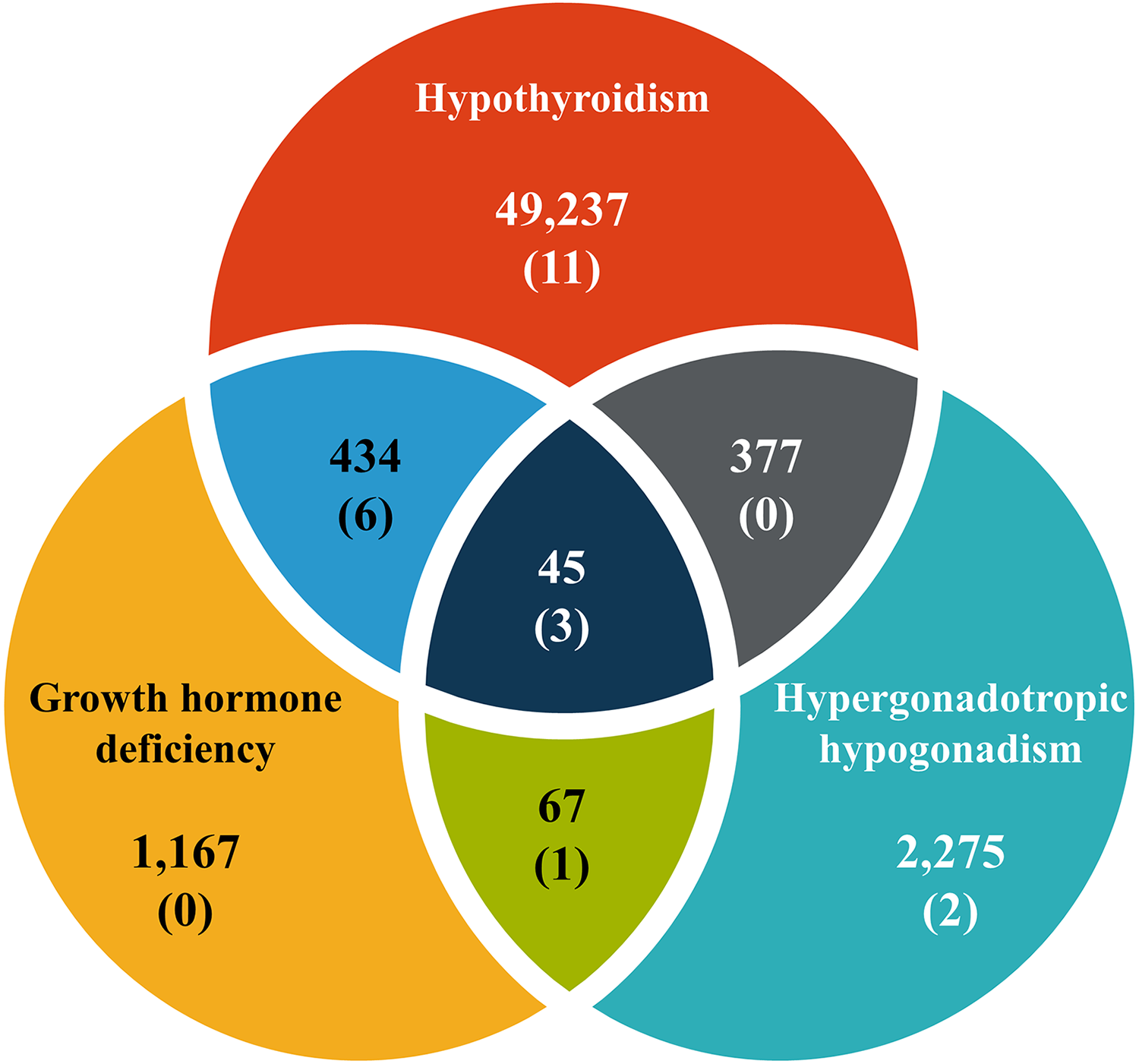Endocrinopathy has been identified as a risk factor for slipped capital femoral epiphysis (SCFE). In young patients with endocrinopathy, what is the incidence of SCFE? Researchers at the Seoul National University Children’s Hospital in the Republic of Korea explored this question in a population-based cohort study now available in JBJS.
Using a nationwide database, the investigators identified all new diagnoses of endocrinopathy or SCFE from 2002 to 2019 in children who were born between 2002 and 2005 (for a minimum follow-up of 14 years from birth). “We aimed to determine (1) the incidence of SCFE in children with endocrinopathy overall, as well as in children with specific endocrinopathies, compared with that in children without endocrinopathy, (2) whether the incidence of SCFE increases with the number of deficient hormones, and (3) the clinical characteristics of endocrinopathy-associated SCFE,” they write.
The study is now available at JBJS.org:
Among >1,800,000 children, the authors found that 80,769 were diagnosed with endocrinopathy and 191 were diagnosed with SCFE. Of the children with endocrinopathy, 30 had SCFE (14 male and 16 female).
The incidence of SCFE was approximately 4-times higher in children with endocrinopathy than in those without endocrinopathy (37.1/100,000 compared with 9.0/100,000; relative risk, 4.1). Growth hormone deficiency demonstrated the highest incidence of SCFE among endocrinopathies evaluated (583.8/100,000).
Interestingly, the authors also found that SCFE incidence increased with an increased number of deficient hormones and that >25% of the cases of endocrinopathy-associated SCFE developed more than 5 years after endocrinopathy diagnosis.
Three of the authors discuss their investigation in an Author Insights video. Access the video here: Author Insights on Incidence and Clinical Characteristics of Slipped Capital Femoral Epiphysis in Patients with Endocrinopathy. A Population-Based Cohort Study
On the basis of their findings, the authors recommend long-term monitoring for SCFE in children with endocrinopathy.
Check out other recent OrthoBuzz posts:



